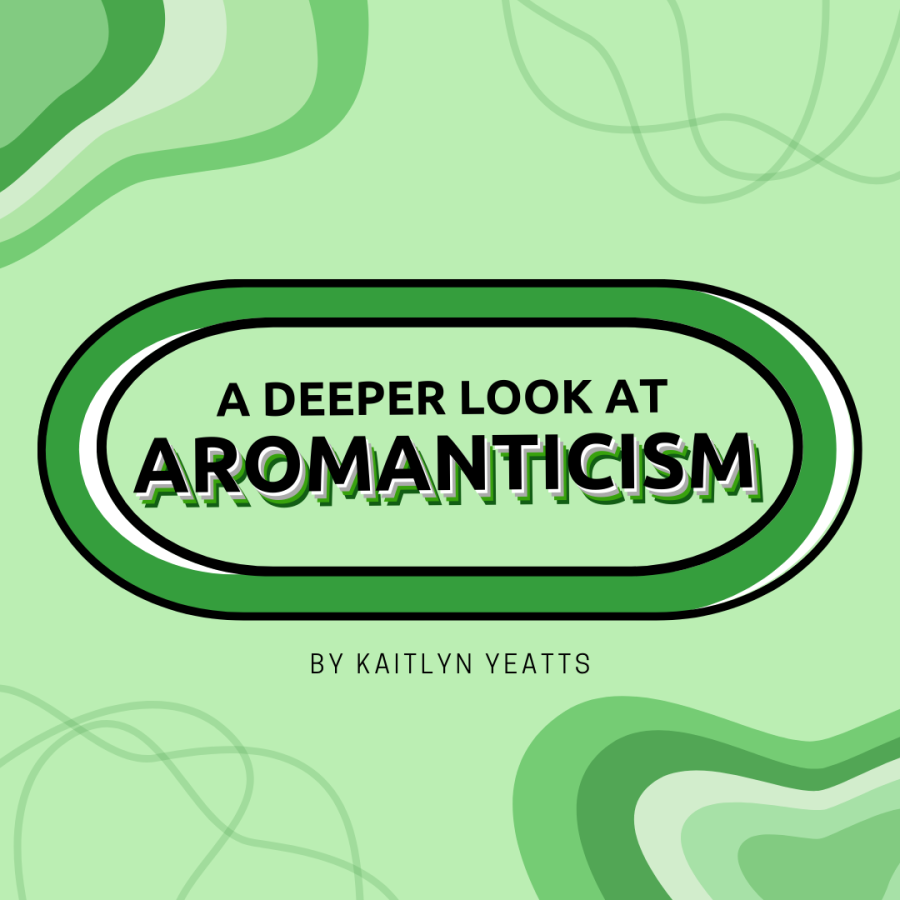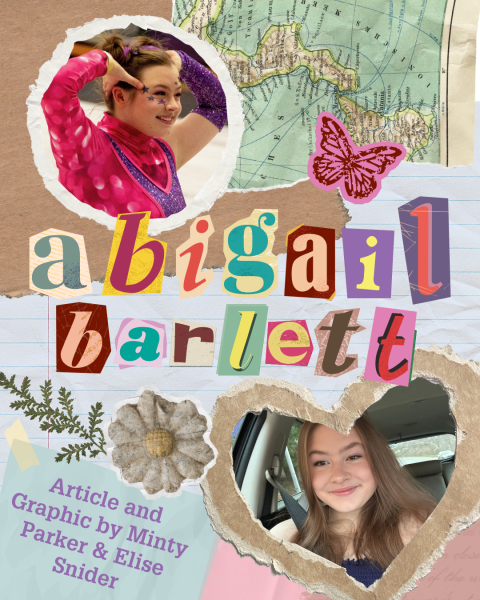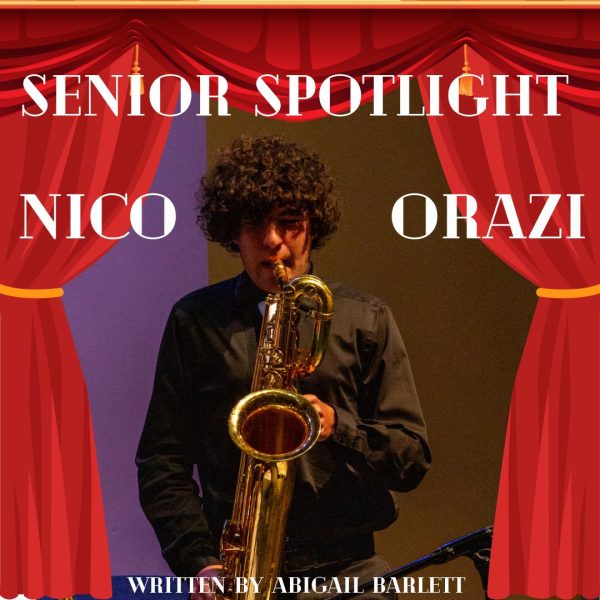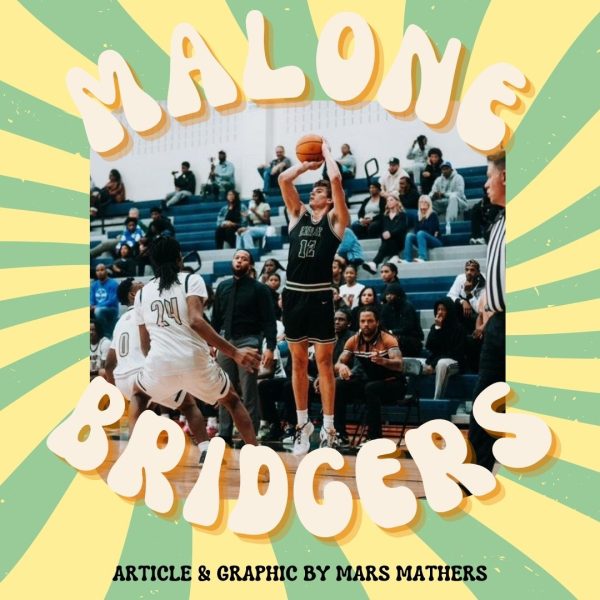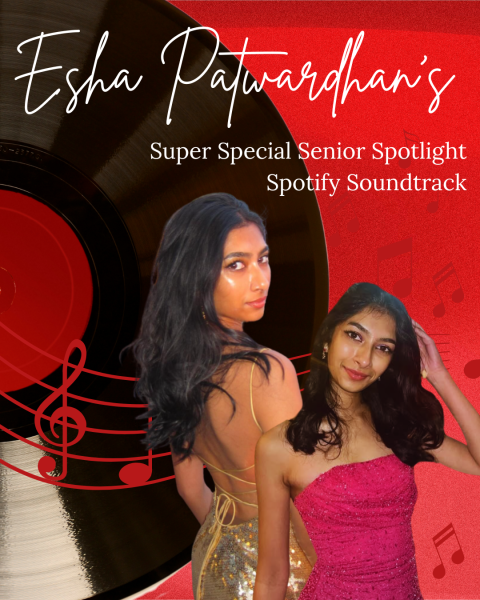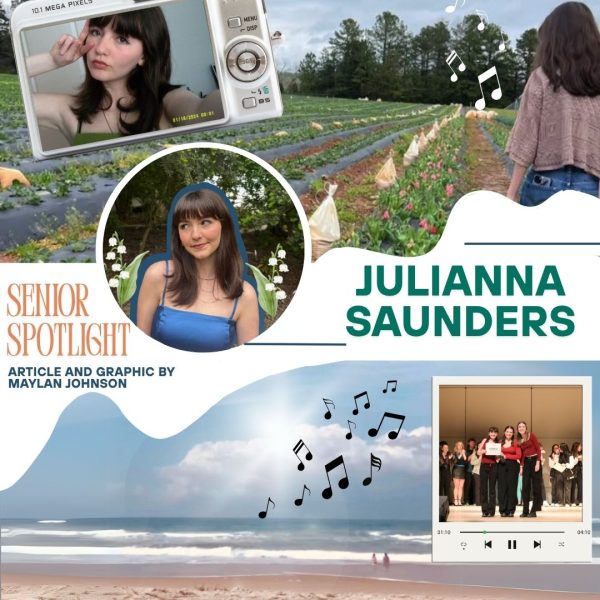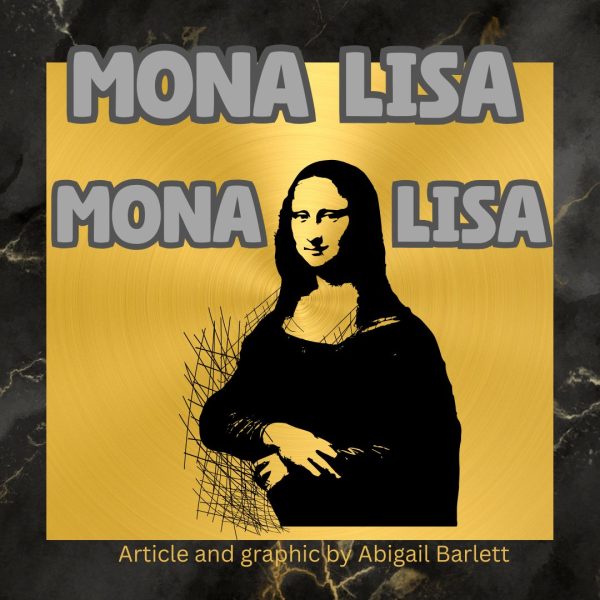A Deeper Look at Aromanticism
Valentine’s Day just passed, which means lots of couples expressing their love to each other and single people feeling left out and often yearning to be loved. But what about the people who don’t experience love, at least in that romantic kind of way? With Valentine’s Day being as romanticized as it is, aromantics, people who experience little to no romantic attraction, took it upon themselves in 2015 to dedicate the first full week after Valentine’s Day to spreading awareness of the aromantic spectrum: Aromantic Spectrum Awareness Week.
Aromanticism is one of those things that are sometimes vaguely known about and often misunderstood. As an aromantic myself, I hope to help dispel some of these misconceptions, give you an inside look at what it’s like being an aromantic, and to overall give you a deeper look at what is aromanticism.
Aromantics are not always anti-romance
One of the most common misconceptions about aromanticism is that all aromantics are repulsed by even the idea of romantic relationships or activities. While that may be true for some aromantics, there are many aromantics out there who enjoy consuming romantic media such as romantic movies or even fanfiction just as much as anyone else would.
Aromanticism does not equal asexuality
Another important thing to realize is that aromanticism is not the same as asexuality. While the two are closely related, being aromantic does not inherently mean that person is also asexual, and vice versa. For a long time, “asexual” was the only term known for describing someone’s lack of attraction towards other people. It wasn’t until the large growth of the asexual community through online resources that people began to understand the difference between romantic and sexual attraction.
There are plenty of aromantic asexuals out there, but at the same time, there are plenty of aromantic people who feel sexual attraction whose voices are often not heard or represented. For many people, it’s easy to consider the fact that there are some people who don’t experience sexual attraction, but it’s often harder to conceptualize that there are people who don’t experience romantic attraction.
Amatonormativity: the pressures of not engaging in romance
Due to this, aromanticism is often overlooked when discussed outside the context of asexuality. One of the major reasons for this is the constant pressure to engage in a romantic relationship, known as amatonormativity.
Similar to how heteronormativity is the assumption that everyone is heterosexual, amatonormativity is the assumption that everyone shares the goal of wanting to pursue a romantic relationship. It’s the idea of being single, but only for the time being. Or the idea that if you’re single, you must be yearning for your next relationship. Amatonormativity is a social norm that affects everyone, but its effects are most apparent in aromantics who actually don’t feel romantic attraction and don’t want to be in a romantic relationship.
Lack of media representation
With romance seen as the ideal, aromantic representation in media is seldom seen. From the Archie Comics, Jughead is likely the most widely known aromantic asexual character, but he often isn’t viewed as such due to the way he was portrayed by the more widely known CW show Riverdale. There is also the book Loveless written by Alice Oseman which tells the narrative of a girl going through a journey of self-acceptance towards her aromantic and asexual identity, but the work is often overshadowed by her much more widely known comic and show Heartstopper.
Other than that, little aromantic representation is found outside of small indie works. This is not even mentioning the scarcity of aromantic non-asexual representation out there which is even more severely lacking.
What you can do to help
At the end of the day, aromantic is not much more than a label people use for self-identification, but the shared experience amongst them of constant denial of their existence is clear. Aromantic Spectrum Awareness Week this year begins February 20th and goes through until the 26th. On behalf of the aromantic community, I highly encourage everyone during the week to support the community as well as do your own research on aromanticism. Below are some resources that can help as a jumping-off point to understand the community more as a whole.
Resources
The Aromantic-spectrum Union of Recognition, Education, & Advocacy (AUREA) is seen as the main resource for almost all things aromantic-related. The site contains a glossary and FAQ for those unfamiliar with certain aspects of aromanticism. There is also a blog post on the site of someone who identifies as aromantic and allosexual (non-asexual) and their journey coming to terms with their identity, a great resource for someone unsure of what it means to be aromantic allosexual.
There is also Arocalypse which is an online forum for the aromantic community to ask questions and discuss all things aromantic spectrum. Although it mainly caters to people who identify as aromantic, the resource is still great at answering some of the more nuanced questions within the community for people who want a deeper understanding.
Aro Worlds is a great resource for those who want to understand more about aromantic allosexuals with many blog posts, writing guides, and personal essays that can be accessed.

(They/she)
Kaitlyn is a senior. They are passionate about advocating the education of the LGBT+ community and are a board member of Enloe's Gender &...


